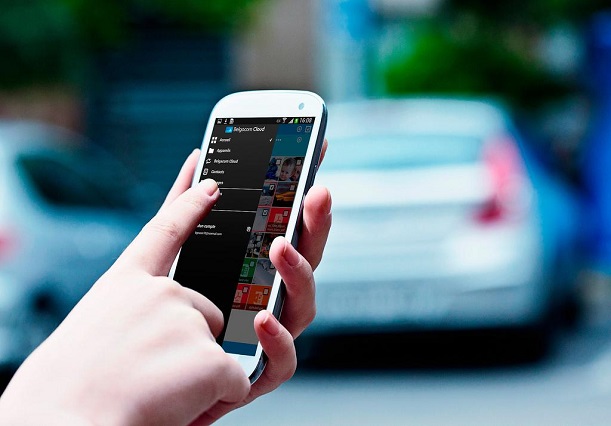Smartphone sales in Western Europe were down by one percent in the second quarter of 2016, on both a quarterly and annual basis, according to market research company GfK.
At the same time, rocketing demand in China bumped up global quarterly sales figures by 6.9 percent.
In Europe, demand in Spain was hardest hit, declining 11 percent in the period on 2015, as Telefónica, Vodafone and Orange raised their annual tariffs by an average of €30.
UK demand for smartphones was down only two percent. GfK said the UK’s June vote to leave the European Union had little impact in the period.
Declines in Spain and the UK were offset primarily by growth of three percent and one percent in France and Germany.
Total sales in Western Europe reached 29.8 million in the three months to June 30, down from 30.2 million in 2015.
At the same time, sales revenue from smartphones was up by four percent, to £12.2 billion, in the region. Demand for 5-inch devices increased from 38 percent to 60 percent in the period, compared with the same quarter in 2015.
In parallel, demand for high-end smartphones, of over $500, increased from 31 percent to 35 percent in the period, with unit growth of 12 percent year-on-year. GfK said smartphone demand in the region will decline to 134 million units in 2016, a drop of one percent year-on-year.
Both sales numbers and sales revenues were up in Central and Eastern Europe, by 12 percent and 16 percent respectively, finishing at 16.8 million units and $3.7 billion.
In China, the biggest market, sales finished at 109.7 million units and revenues at $32.4 billion, hefty increases of 24 percent and 20 percent respectively.
GfK reckons the second half of 2016 will see total numbers increase again. Arndt Polifke, global director of telecom products at GfK, said: “Later this year, new product launches will further bolster demand. Further ahead, innovations such as extended battery life and foldable displays will support growth, as we progress towards 5G upgrades near the end of the decade.”
In a separate report, Gartner put worldwide quarterly smartphone sales at 344.4 million, a rise of 4.3 percent on a year ago.
However, it said only five handsets makers of the top 10 showed any growth at all and overall demand for premium handsets was down as customers await new models in the second half of the year.
Android increased its share and lead over iOS, ending on 296.9 million units sold and 86 percent share.
Gartner research director Roberta Cozza said: “Google is evolving the Android platform fast, which allows Android players to remain at the cutting edge. Facing a highly commoditised market, Google’s focus is to further expand and diversify the Android platform with additional functionalities, like virtual reality, enabling more-intelligent experiences and reach into wearables, connected home devices, in-car entertainment and TV.”
Indeed, Apple was the worst casualty among the top brands, according to Gartner, with sales down 7.7 percent in the second quarter. Its share slumped from 14.6 percent last year to 12.9 percent, shipping 44.4 million units in the period.
Samsung sold 76.7 million, and took a 22.3 percent share.



